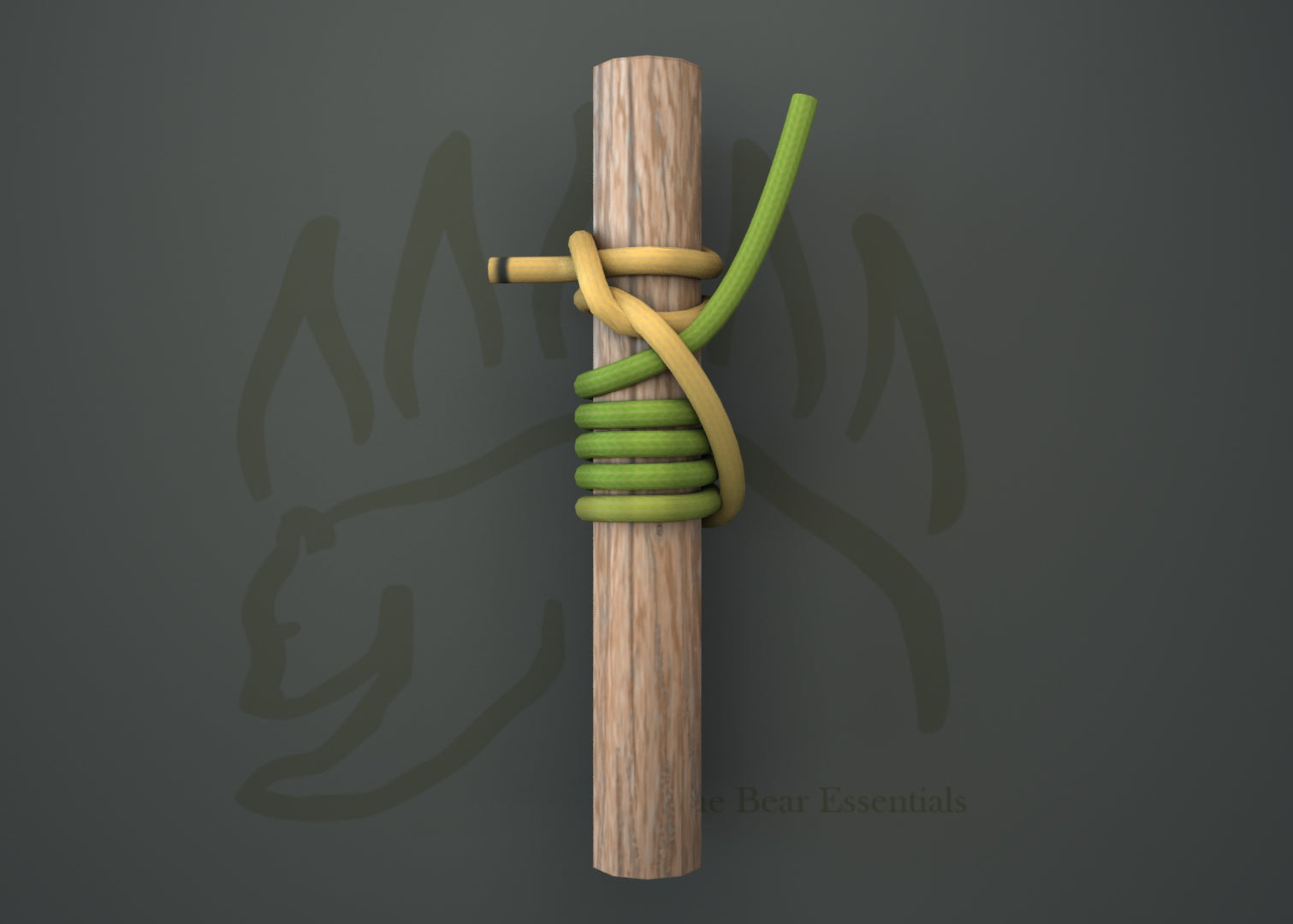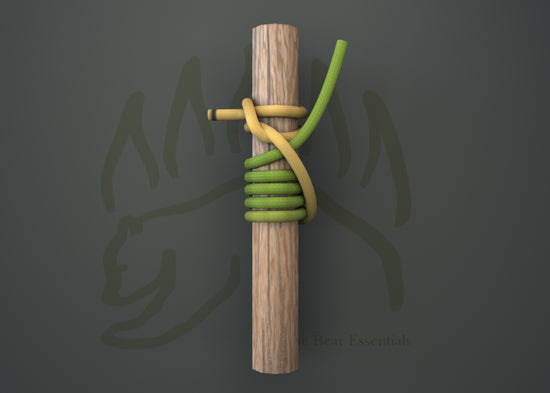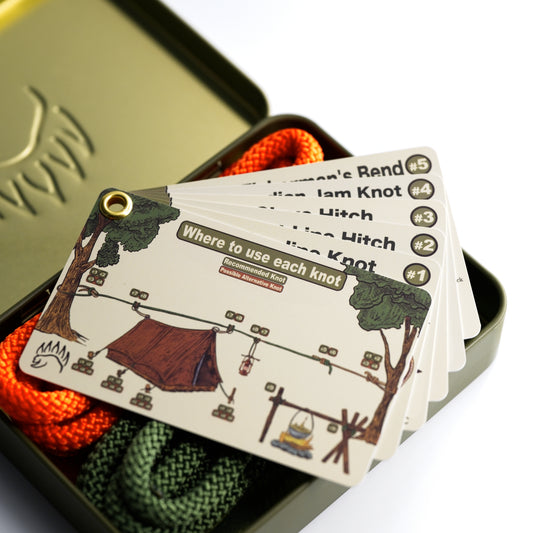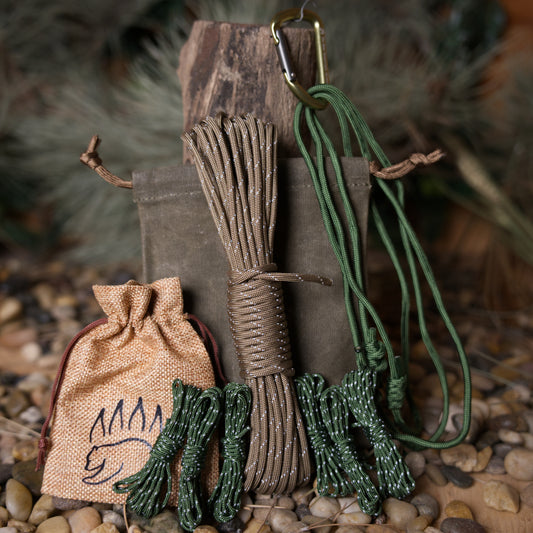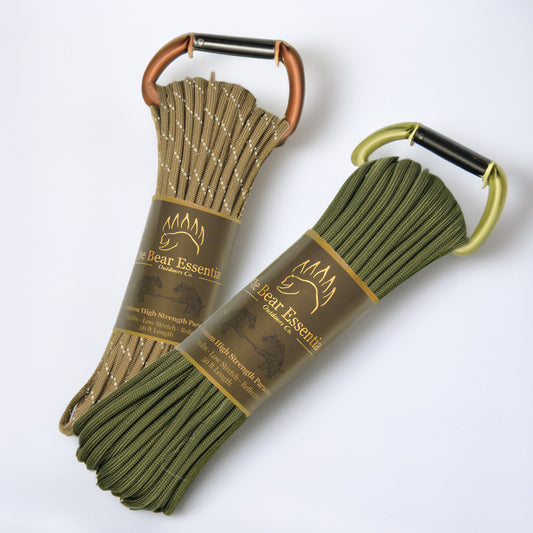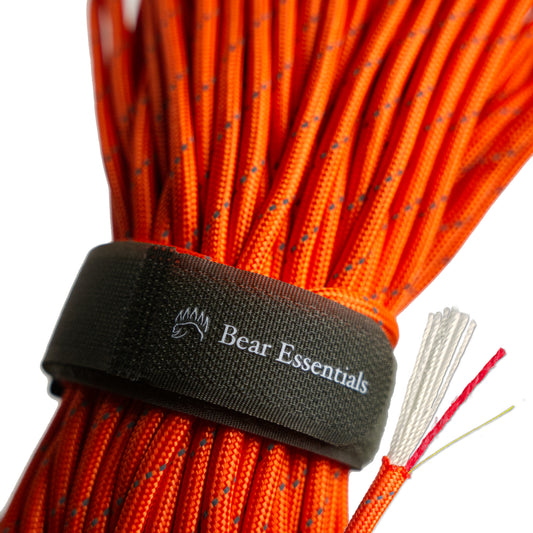How to Tie the Pipe Hitch
Usage
The Pipe Hitch is commonly used to secure a rope to a pipe, pole, or cylindrical object in boating, utility, and bushcraft tasks, ensuring a firm grip for lifting or dragging. Compared to the Clove Hitch, it’s more secure for smooth surfaces, using multiple wraps to distribute tension. Its tight hold is valued, but it requires sufficient rope length for wraps.
Why Learn the Pipe Hitch?
Its robust design ensures reliable gripping on smooth poles. This knot is a go-to for secure ties in demanding settings.
- Strong grip: Multiple wraps provide a tight hold on slick surfaces.
- Versatile use: Suits pipes, poles, or logs in various tasks.
- Load distribution: Spreads tension to prevent rope slippage.
- Simple to tie: Forms quickly with basic wrapping technique.
- Field-friendly: Works with improvised poles or smooth objects.
Common Uses
-
Boating/Marine:
- Secures ropes to poles or spars for towing or rigging.
- Attaches lines to cylindrical objects for mooring.
-
Utility:
- Ties ropes to pipes or bars for dragging or lifting loads.
- Secures equipment to poles for temporary setups.
-
Bushcraft:
- Binds ropes to logs for shelter frameworks or dragging.
- Creates handles by tying ropes to tools or poles.
ABOK Number
(Ashley Book of Knots)
Other Names
Category
|
Notable Features
- Secure Hold: Multiple wraps grip tightly to cylindrical objects.
- Non-Slip: Reduces risk of rope sliding under tension.
- Adaptable: Works on smooth or improvised surfaces.
Variations
No true variations listed in the provided data. For added security, you can increase the number of wraps to 6–8, though this uses more rope.
Similar Knots
Clove Hitch vs. Pipe Hitch
- Pros: Simpler and quicker to tie for basic attachments.
- Cons: Less secure on smooth surfaces, prone to slipping compared to the Pipe Hitch.
Timber Hitch vs. Pipe Hitch
- Pros: Faster to tie and effective for dragging logs.
- Cons: Less reliable on smooth pipes or for sustained loads.
History
The Pipe Hitch, referenced in The Ashley Book of Knots (#2246), likely originated in maritime and industrial contexts where ropes needed to be secured to smooth, cylindrical objects like spars or pipes. Its multiple wraps ensured a reliable grip for lifting or towing. Its use in bushcraft and utility tasks reflects its versatility for binding poles in rugged environments.
Security Level
The Pipe Hitch provides reliable gripping for light to moderate loads when tied with sufficient wraps, securely holding ropes to pipes or poles for lifting or dragging. It performs best with strong, non-stretch ropes and at least 4–6 wraps. For heavy or critical loads, ensure extra wraps and test the grip to prevent slippage.
Downsides
- Binding risk: Can bind tightly under heavy loads, making untying difficult.
- Rope length: Requires sufficient cord for multiple wraps, limiting use with short ropes.
Structure
- Pass the rope over the pipe or pole, with the working end on top.
- Wrap the working end around the pipe 4–6 times, keeping wraps tight and parallel.
- Cross the working end over the wraps and make one or two half hitches around the standing line.
- Pull the standing line to tighten the wraps and secure the half hitches.
- Test the hitch to ensure it grips the pipe firmly under tension.
Pro Tip: Use at least 4 wraps on smooth surfaces and keep them snug for the best grip.
FAQ
Is the Pipe Hitch strong enough for lifting heavy loads?
Yes, for moderate loads with enough wraps, but test the grip and avoid critical tasks.
What’s the best rope for the Pipe Hitch?
Nylon or polyester ropes, like 8–10mm, provide good grip and strength.
How does the Pipe Hitch compare to the Timber Hitch?
The Pipe Hitch is more secure on smooth surfaces, while the Timber Hitch is faster for logs.
Can the Pipe Hitch be used in bushcraft?
Yes, it’s great for binding logs or poles for shelters or dragging.
Why choose the Pipe Hitch over a Clove Hitch?
It’s stronger on smooth pipes, though it takes longer to tie.
Important Notes on Safety
Common failure points include insufficient wraps or loose tension, which can cause slipping. Always verify the hitch has enough wraps and is tight before loading.
Check the rope for wear or slickness before tying.
Ensure 4–6 tight wraps and secure half hitches for strength.
Practice in low-stakes settings to perfect the technique.
